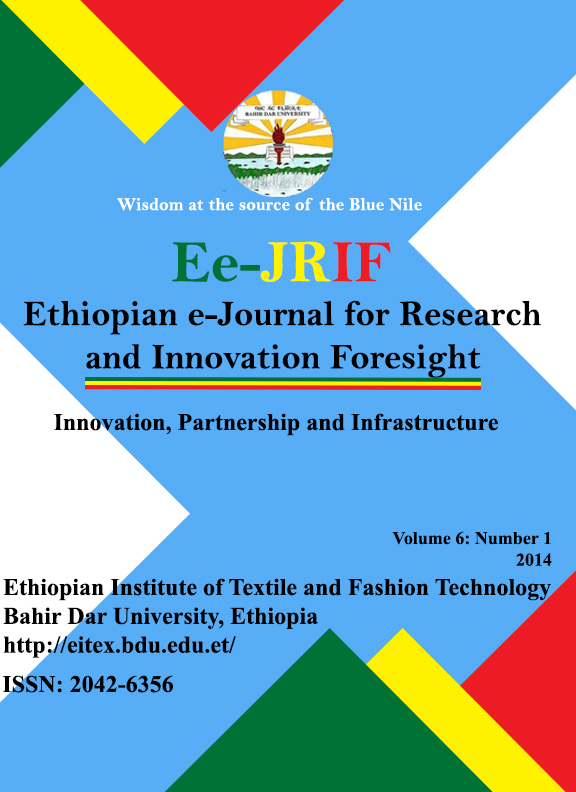Multi-Criteria Decision Modelling for Infrastructure Development: A Case of Ethiopian Highway Rehabilitation Projects
Abstract
Several Ethiopian highways need reconstruction, but the government doesn't have enough finance to upgrade or rehabilitate all of them in a given fiscal year. Therefore, it has to make prioritization. The decision on highway investment, however, involves several stakeholders and many attributes. Hence, Multi-criteria Decision Method (MCDM) becomes vital. We used Analytic Hierarchy Process (AHP) and relative weighting to rank the highways for rehabilitation. 68 major highways covering the entire nation were selected first. Then four core criteria namely: social benefits, economic benefits, administrative importance, and capital cost were used. The criteria were further subdivided into 22 measurable indicators for which the data were transformed into utility values before arithmetic operation. The criteria and indicators were weighted by AHP and MCDA methods respectively. The score of each of the highways was calculated through stepwise aggregation of the weighting and utility values. The result shows that highways radiating from Addis to: Gondar, Mekele, Awassa, and Nekemt ranked 2nd, 3rd, 5th, & 6th in AHP; and 1st, 2nd, 4th, & 5th in MCDM; respectively. This means, the relative priority among the alternatives for both approaches is the same. In the model the 4th criterion (capital cost) is inversely proportional to road length. Running the model without the 4th criterion would then result in a benefit-maximized rank of highways. Therefore roads such as: Dembidolo-Gambella-Jikawo, Goba-Bitata, Metu-Gore-Gambella, shashememe-Goba-Robe, Degahabur-Gode, and Gimbi-Asosa became: 1st, 2nd, 3rd, 5th, & 6th rank; respectively. This shows that rehabilitating these regional highways would equally be very feasible as those which radiate from Addis Ababa. The final rank of the highways was highly sensitive to changes in: data quality, transformation functions, and utility value assignment approaches. The model can be used as a prerequisite for feasibility studies.
Published
2019-10-23
Section
Papers
Copyright (c) 2019 Nebiyu Fikre Tamirat

This work is licensed under a Creative Commons Attribution-NonCommercial 4.0 International License.

